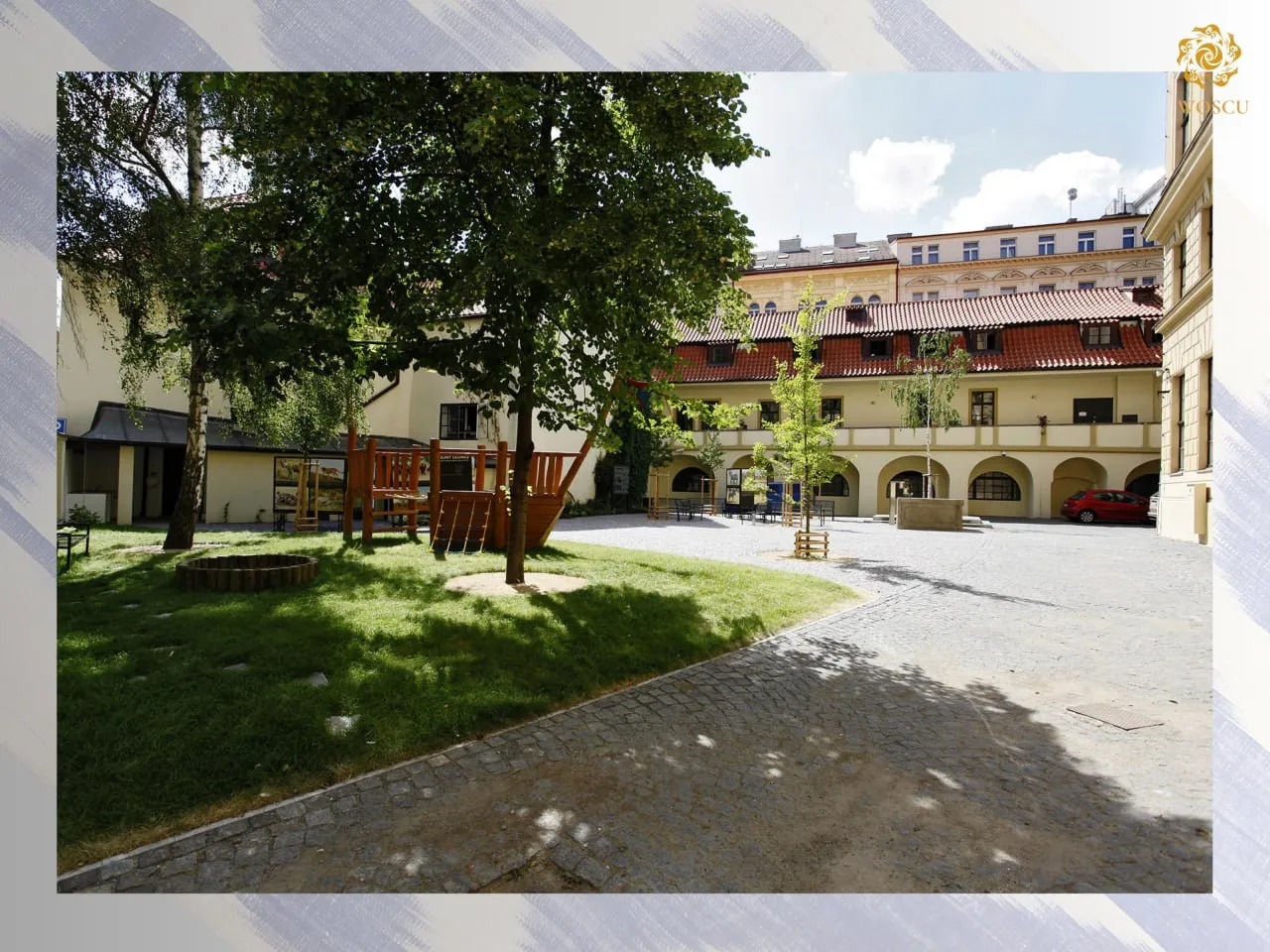
Among valuable items representing artistic crafts of the 19th-early 20th centuries are items brought by Czech geographer and traveler Dr. Emanuel Fait (1854 – 1929). He made two trips to Central Asia.
His first trip was in 1889 to Turkmenistan, on the newly-opened Trans-Caspian railroad. Through Kyzyl-Arvat, Ashgabat and Mary, he traveled by train to Char Djou, which was located near the Uzbek border. There, however, his travel came to an end because of a typhoid outbreak in the Bukhara Emirate.
During his second trip in 1902, Fait visited such Uzbek cities as Bukhara, Samarkand, Tashkent, as well as Kokand and Andijan in the Fergana Valley. It’s important to note that the reason for his second trip was Fait’s wish to find Czech manuscripts in Samarkand and Tashkent, which purportedly should have been there after the Mongol invasion of Moravia in 1241. Fait commented on this: “The second trip had a secondary goal – to check the rumors that there was some Czech evidence in Samarkand from the time of the Tatar raid on Moravia in 1241. I looked for them in Samarkand, Tashkent and Bukhara, but found nothing.”
Fait’s collection items were given to the Náprstek Museum only in 1950 by inheritance. These objects could be accurately identified using their images, which Fait published in his book Central Asian Nations in the Russian Empire (Praha, 1910). The Fait collection contains 12 items, most of which are traditional Uzbek and Tajik silver jewelry, silk hat decorated with gold embroidery, a leather wallet and a wooden spindle.
In the same period (from the 1890s to early 1905), Vincenc Schier lived in Central Asia and also served as a bandmaster for the tsarist army. The objects from his collection came to the museum in 2000 from his heirs. These are four hats and a pair of socks. Vincenc Schier’s name completes the list of the oldest donors, who granted their collectibles to the museum before the 20th century.
Mavzu doirasida batafsil “O‘zbekiston madaniy merosi jahon to‘plamlarida" turkumidagi “Chexiya Respublikasi to‘plamlari” kitob-albomida (XVI jild) tanishishingiz mumkin.
Loyihaning bosh homiysi – Eriell-Group neft xizmatlari kompaniyasi.
